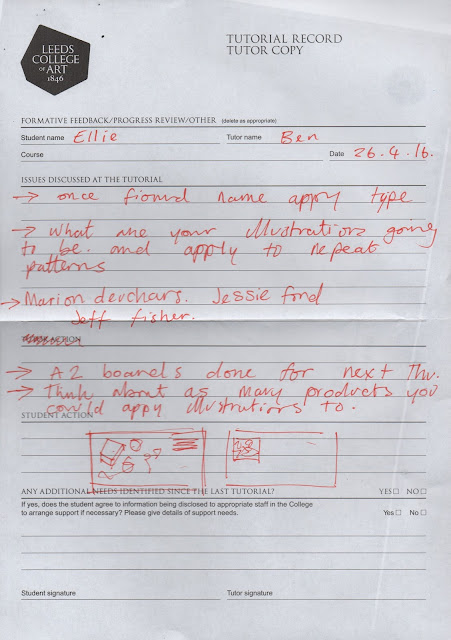Responsive has by far been the module that I have found the most enjoyable and most valuable this year. Being challenged to enter live briefs on a national and local basis has increased my level of motivation for illustration as a whole. Moving on from my first-year perspective of making a piece of work that will just be viewed by my peers inside of college walls has allowed me to develop a greater sense of knowledge about how I can apply my work to areas, audiences and markets that I didn’t necessarily consider previously, or have the confidence to explore and experiment with.
One of the main things that I have tackled head on is my low confidence in my ability; during the initial months of the module I got off to a slow start due to being completely overwhelmed at the thought of submitting my designs to real competitions against thousands of other applicants. It was a real wake up call, but I stuck to my motivational rule of ‘say yes to everything’, and told myself that I ‘whatever I produce, I will have gained a new skill or way of working. I have only been doing this course for a year and a half, and I am still learning new things everyday, and mistakes are inevitable and will help me to learn more about where I can develop further down the line’.
Throwing myself in at the deep end was beneficial and surprisingly fun, and has helped me to strengthen the process in which I tackle a brief. However this approach also had some down sides, including wanting to take on every brief because I eventually became over-excited about trying new things out. So naturally, the vicious cycle started. I finally gained some motivation, I became too motivated and set myself unrealistic goals, I became overwhelmed by the whole thing. To overcome this, I decided to start with Illustration Friday, which eased me into the module with weekly quick-fire, simple briefs that didn’t have too much pressure on the principles of process and submission.
Once I became familiar with the format of the module and overcame my perfectionist habits that were holding me back, my main aim became to try out as many different things as possible. For example I chose briefs that focused around things that I had not had previous experience in e.g. Secret 7, having to listen to music and design a record sleeve in response and designing book jackets for the Penguin Design award. Although this has been extremely informative on a personal level, I sometimes found myself becoming too focused on the idea that I was learning a new skill, and the purpose of this module was for me to develop my contextual skills; when in fact I didn’t place enough emphasis on prioritising the client and answering the brief according to their preferences.
Another factor on this note was that I set myself mini-challenges within some of my briefs to get used to working under certain restrictions and to specific themes. This was helpful within Illustration Friday as I set myself the task of only using digital tools to complete the final image, which urged me to try out new methods and processes within Photoshop and Illustrator which was extremely beneficial. In Secret 7 I gave myself a set colour scheme and worked with symbolism of different varieties of birds to communicate the themes within the lyrics of the tracks. I found that in hindsight, this may have been a little too restrictive, and prevented me from developing potentially more successful ideas further.
Something else that I struggled with a lot was time management. This seems to come up within every module evaluation, but I found it so difficult to gauge how long to spend on each brief and how to prioritise Responsive at times where there was greater pressure on other modules. It’s not a case of being unorganised; I planned out my time really carefully using timetables for each week, which I planned backwards from the deadline to ensure I gave myself plenty of time to finish work in time. I know I definitely spent too much time on Illustration Friday briefs, as I carried out more research and planning than was necessary and also my children’s book cover Emil and the Detectives required so much time to apply additional intricate details to appeal to the younger audience. Looking back now, I probably took on more briefs than I was capable of completing, which forced me to rush some of the outcomes, which is relatively unprofessional and dissatisfying for both me and the client. This is the main aspect that I will strive to improve on when taking on briefs after this module.
To conclude,the list of skills and important lessons learnt during this module is almost endless.
From collaborating with other creative students on a brief to having to physically pitch my designs and ideas to the team at Plusnet, my range of skills and level of confidence has excelled. A big part of this module was about applying my existing knowledge of illustration to real life products and situations, which involved a lot of trial and error due to the extensive process of learning and developing which often resulted in my final outcomes being weaker than I had anticipated. However, now that I have developed skills such as having to read and listen and visually interpret, and working to specific formats in mind of particular target audiences, I can continue to develop my concepts and ways of working in the future.





















